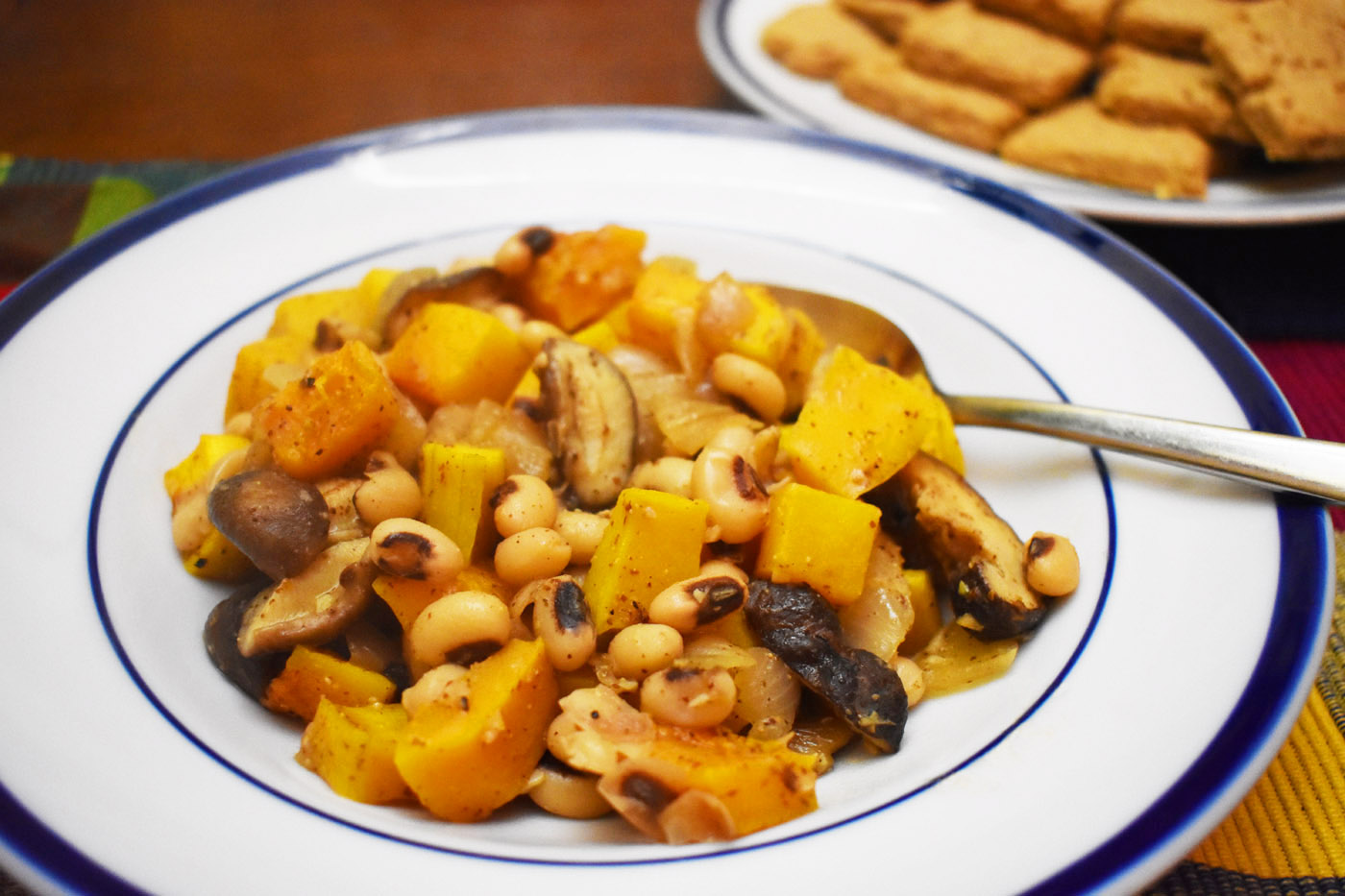
Tomorrow is New Year’s Day. Southern tradition says that eating black-eyed peas on New Year’s Day brings good luck. As with any superstition, there are many opinions on why black-eyed peas bring good luck and how to make the most of the luck you accrue by starting your year with them.
The legend started in the South. There are several stories as to where the tradition came from, some dating back to the Civil War and the Emancipation. Several such stories are shared in this article, Why Southerners Eat Black-Eyed Peas on New Year’s Day.
In addition to discussing the origins of the tradition, the article also outlines the “rules” for getting the most out of your New Year’s Day black-eyed peas. For example, some Southerners believe you must eat pork and collard greens with your peas for them to count toward good luck. Others say you should cook the peas with a penny or dime. Whoever ends up getting the coin in their serving can expect an exceptionally lucky year (unless they happen to swallow the coin.) Still others say you must eat exactly 365 peas for your luck to last throughout the year. If you eat fewer than 365, your luck will diminish by that many days. If you eat more than 365, your luck will diminish by the number of extras you’ve consumed. It’s complicated business.
Given this, you can take the good-luck value of this recipe with a grain of salt. It contains neither pork nor collards, although you can always make collards to eat on the side. And eating 365 beans may not be the wisest course of action. But even if this recipe doesn’t end up guaranteeing you a year of good luck, it’s tasty enough that it’s worth making for your New Year’s celebration anyway.
The recipe comes from The Heart of the Plate by Mollie Katzen, author of the seminal book, The Moosewood Cookbook and many others. The recipe makes 6 to 8 servings.
Black-Eyed Peas, Squash and Shiitake Mushroom Stew
-
1 c dried black-eyed peas, soaked
-
3 tbsp olive oil, divided
-
2 c minced onion
-
2 tbsp dry mustard
-
2 tbsp minced garlic
-
2 tbsp minced fresh ginger
-
2 tsp salt
-
20 shiitake mushrooms (fresh or dried and soaked), stemmed and thinly sliced
-
1 2-pound butternut squash, peeled and cut into a small dice (about 5 cups)
-
1/4 tsp cinnamon
-
1 tbsp fresh lemon juice
-
1 tbsp cider vinegar
-
black pepper to taste
Put It Together:
- Drain the soaked peas and place them in a saucepan. Cover with water by at least 2 inches. Bring to a boil, turn the heat way down, and simmer until tender, up to 60 minutes. Alternatively, you can pressure cook them for 15-20 minutes, letting the pressure release naturally (20-30 minutes). Drain the beans, saving 1 cup of the bean cooking water.
- Preheat the oven to 400 degrees. Line a 10″ x 13″ baking sheet with parchment paper. In a large mixing bowl, toss the butternut squash cubes in 1-2 tablespoons of olive oil. Spread out onto the baking sheet in a single layer. Roast for 20-30 minutes until fork tender.
- Meanwhile, heat 1 tablespoon of the olive oil in a soup pot or Dutch oven. Add the onion, mustard and salt. Sauté over medium heat for about 5 minutes.
- Add the garlic and ginger and cook another minute, stirring constantly to keep the garlic and ginger from browning.
- Add the mushrooms and sauté for a few more minutes. Cover and cook on medium heat for 10 minutes.
- Add the squash and bean-cooking water. Bring to a boil, then lower the heat to a simmer and cover.
- Cook for about 10 minutes, then add the cinnamon, lemon juice and vinegar, along with the peas and squash.
- Cover and cook to heat through. Season with black pepper and serve.
